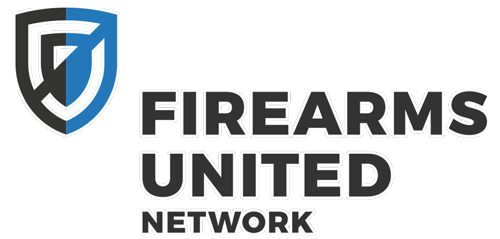Tyvärr är denna artikel enbart tillgänglig på Amerikansk Engelska. For the sake of viewer convenience, the content is shown below in the alternative language. You may click the link to switch the active language.
LEX (https://gunlex.cz/) – is the Czech organization for civil rights and member of Firearms United Network.
LEX has recently upped the stakes and resorted to scientifically use science against the #EUAmmoBan. In other words, one battle field of #EUGunban is ECHAs scientific assessment about banning lead in ammunition – and LEX has studied and compared accuracy of lead ammunition and potential alternatives. One factor for ECHA when trying to ban lead is to evaluate the viable alternatives – and this is the where the tests done by LEX provide value and make banning lead bit harder.
The summary of the whole study would be that when using alternative materials in barrels made for lead bullets the accuracy drops and becomes insufficient for any sporting use. Based on the results, Firearms United Network would like to add that lack of accuracy is also insufficient for bird hunting (with bullets), popular in some Nordic countries.
LEX tested various calibers using world class sportshooter Pavel Cink as the tester and results were rather alarming:
Air rifle, 25 meters, indoor range, bench support:
Average group with lead bullet < 1mm
Average group with non-lead bullet 4,25 mm, worst 8 mm.
.22 lr, 50 meters, indoor range, bench support:
Lapua Midas:Average group with lead bullet 7 mm
CCI Copper (no longer manufactured): 31 mm.
Rifle test was done testing .308, using Pavel as the shooter, using bipod, outside range, 100 meters, no wind:
Lead bullet: Sako Racehead HPBT-bullet and groups were 16 ja 18 mm.
Lead free alternatives were:
Hornady Superformance International (monolithic copper alloy bullet with plastic tip): 42-50 mm
Hornady Custom International (monolithic copper alloy bullet with uncovered expansion tip): 23-32 mm
Sellier&Bellot XRG (monolithic copper alloy bullet with aluminium tip): 65-78 mm
Sellier&Bellot TXRG (monolithic copper alloy bullet with plastic tip): 32-35 mm
Handguns:
LEX also evaluated hand gun calibers – 9mm and .357, and the test shooter for pistol was Erik Hanuš, one of the top local target pistol shooters. Tomáš Trávníček handled the revolver. Distance was 50 meters.
Lead bullet – average group 66 mm
cast lead bullet: 99 mm
Replacement materials: 115-136mm.
.357:
With revolver the lead bullet group was 62 mm, and copper bullets showed dispersion and result was 92 mm.
It is also worth noting that LEX also studied the safety of each material, checking how the bullet behaves when it hits a metal target set in an angle. The lead bullets fragmented due to softness of lead, while the copper and other substitute materials ricocheted as intact bullets causing significant risk of injury.
Among lead substitutes for ammunition manufacturing, copper alloy bullets are currently most technologically advanced. These substitutes are sufficient for hunting and police/defensive shooting, although they are not as good as current lead ammunition, and cost significantly more. For other purposes and materials, nonlead ammunition is either unavailable or of insufficient quality.
Given softness and malleability of lead, bullets made from its substitutes are also more prone to dangerous ricochets. This is especially true for copper alloys, which are most hard from all considered substitutes, except for steel.
The link to the study/comparison with data and pictures can be found from LEX page:
https://www.gunlex.cz/en/3595-comparative-test-of-lead-and-nonlead-ammunition


 English
English Deutsch
Deutsch Italiano
Italiano Français
Français Español
Español suomi
suomi Polski
Polski Eesti
Eesti Português
Português český
český Română
Română